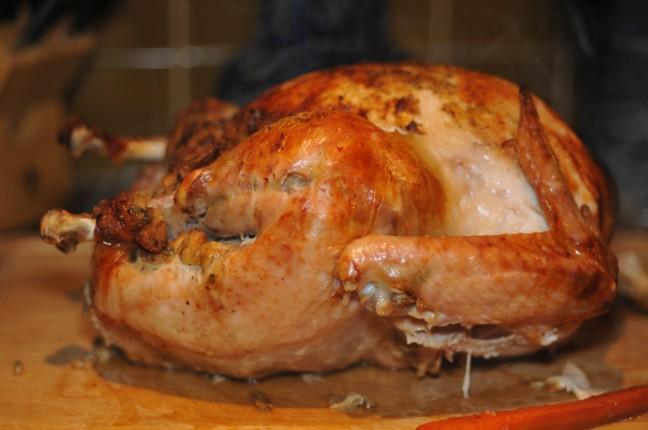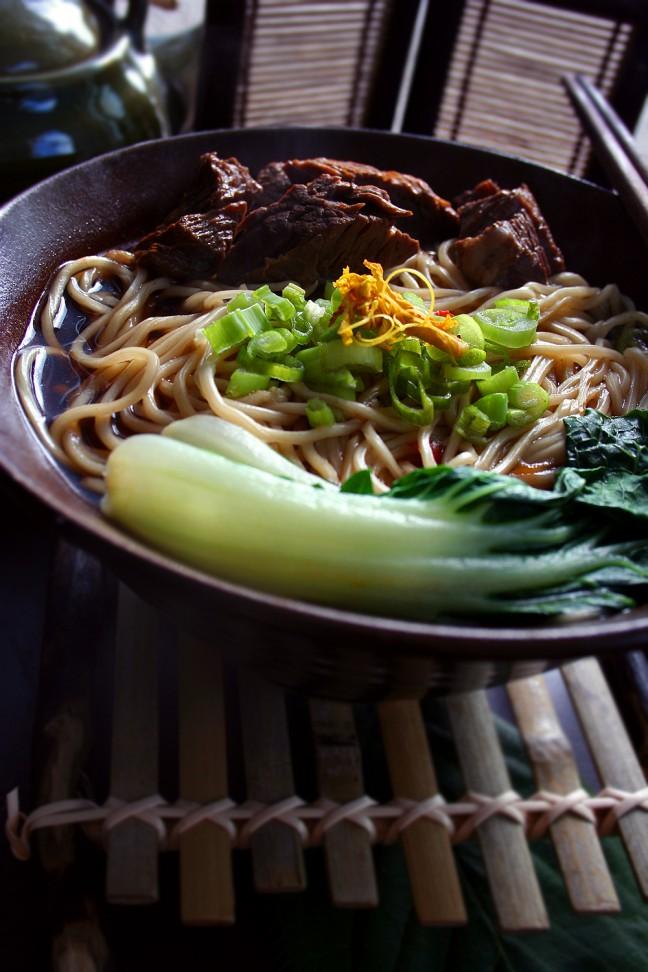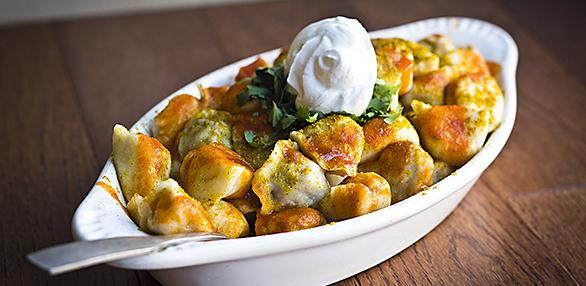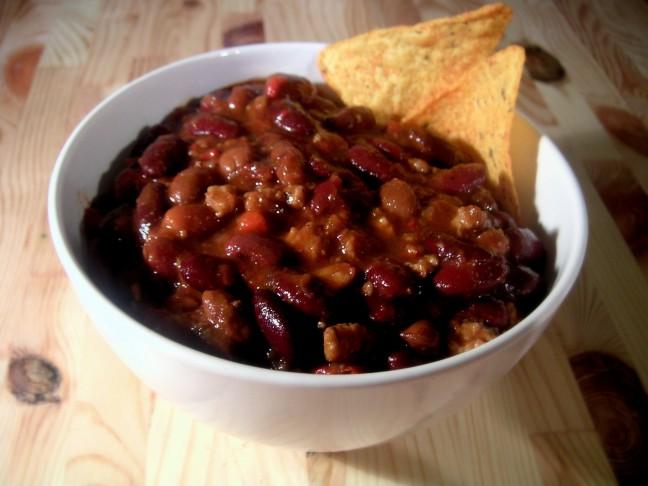It’s mid-December and that means it’s time for final exams, Rose Bowl preparations, holiday shopping and get-togethers, and a new year is just right around the corner. Many of us will choose to make resolutions to encourage ourselves to make 2012 our best year yet.
Although resolutions are typically synonymous with failure, making the resolution to live a healthier lifestyle in 2012 is easier to achieve than you think. Start by choosing one or two simple things you want to change. These changes may seem minor, but they will add up over the year and become permanent healthy habits in your daily life.
The key to being successful in making these changes is to be specific. Simply saying, “I want to eat healthier in 2012” is not going to cut it. Need some easy specific ideas for improving your 2012 eating habits? Try one (or two) of these.
Choose whole grains over refined ones.
Processing takes the natural vitamins and minerals out of grain products. By choosing whole grain breads, pastas and cereals or by using whole grain flour you will incorporate more B vitamins, iron and especially dietary fiber into your diet. The latter may help reduce your risk of heart disease and contribute to satiety, or fullness, with fewer calories.
Limit your consumption of regular and diet soft drinks.
Drinking one can of soda is the equivalent of adding 10 teaspoons of sugar to your diet. This is well over the recommended allowance of refined sugar, which is about six teaspoons a day for women or nine teaspoons for men. If you pass on one soda per day and don’t add on extra calories from something else, you can lose up to 15 pounds in a single year! So pass on sugary drinks all together, if possible, and choose a diet soda instead. Make sure to limit these as treats as well, though. The Harvard School of Public Health says artificial sweeteners can be up to 600 times sweeter than sugar and some studies suggest this may interfere with your body’s natural ability to assess caloric intake and satiety. A cup of water, fruit juice, or low-fat milk are healthy substitutions to incorporate into your diet instead.
Keep a healthy meal pattern.
This means eating breakfast in the morning, which boosts your metabolism and not skipping meals throughout the day to prevent binges. Keep track of when you’re most likely to get hungry throughout the day and pack healthy snacks. Coming prepared with an apple or low-fat yogurt will keep you from adding unnecessary calories from those donuts and chips offered around campus and keep money in your pocket, as well. Healthy meal patterns also mean preventing late night binges. Returning from a night out and ravishing everything in sight can really add up if you do it every weekend. Remember only limiting your consumption of alcohol can truly prevent a hangover, so all that late night junk food is only hurting, not helping your healthy diet resolutions.
Shoot to make fruits and vegetables one half of what you eat at each meal.
The recommended ratio of vegetables to fruits from the USDA Myplate guidelines is 3:2. This means 30 percent of every meal should be vegetables and 20 percent fruits (for a combined 50 percent of the total). By making sure half your plate is fruits and vegetables you’ll guarantee that you’re eating nutrient dense meals. Eat a variety of colors and textures to pack a range of vitamins and minerals into your diet. Also, most fruits and vegetables are naturally lower in calories, so by loading your plate with these options you’ll be more likely to consume a healthy amount of calories. You can also try eating the fruit and veggie half of your plate first so that you’ll fill up on those healthy foods and have less room for high-calorie helpings of dessert.
Make exercise part of your routine.
Total health is not just about eating right, it’s also about exercise. The key to making exercise a part of your daily life is to find an option that works for you. The recommended 30 minutes of physical activity five times per week can be fulfilled in a million different ways, so find the type of exercise you enjoy that works in your schedule. Even moderate exercise contributes to cardiovascular health so don’t be afraid to make the small changes of walking up one flight of stairs instead of taking the escalator, or scaling Bascom Hill on foot instead of on the 80.
The key to making a successful New Year’s health resolution is to make small changes that you can make happen every day and will eventually become part of your routine Also, remember you’re only human and that slip-ups occur. Just because you don’t meet your goal once doesn’t mean you should abandon it all together. Don’t be afraid to make 2012 your healthiest year yet!
Rachel Werts is a senior in the dietetics program. Email the column at [email protected].
Recipe of the Week
This week’s recipe incorporates veggies and whole grains and is the perfect party snack to kick off your resolution on New Year’s Eve.
Homemade Whole Wheat Crackers (yields 32 servings)
1 3/4 cups whole wheat flour
1 1/2 cups all-purpose flour
3/4 teaspoon salt
1/3 cup olive oil
1 cup water
Salt for sprinkling
Preheat the oven to 350 degrees F.
In a medium bowl, stir together the whole wheat flour, all-purpose flour and 3/4 teaspoon salt. Pour in the vegetable oil and water; mix until just blended.
On a lightly floured surface, roll out the dough as thin as possible – no thicker than 1/8 inch. Place dough on an ungreased baking sheet, and mark squares out with a knife, but don’t cut through. Prick each cracker with a fork a few times, and sprinkle with salt.
Bake for 15 to 20 minutes in the preheated oven, or until crisp and light brown. Baking time may be different depending on how thin your crackers are. When cool, remove from baking sheet and separate into individual crackers.
Roasted Red Pepper Bean Dip (yields 8 servings)
1/4 cup chopped fresh basil
1 teaspoon balsamic vinegar
1 (16-ounce) can cannellini beans, rinsed and drained
1 (7-ounce) bottle roasted red bell peppers, rinsed and drained
1 large garlic clove
2 tablespoons olive oil
1/2 teaspoon salt
1/2 teaspoon freshly ground black pepper
Place first 5 ingredients in a food processor; process until smooth. With processor on, slowly add oil through food chute. Stir in salt and black pepper.

















